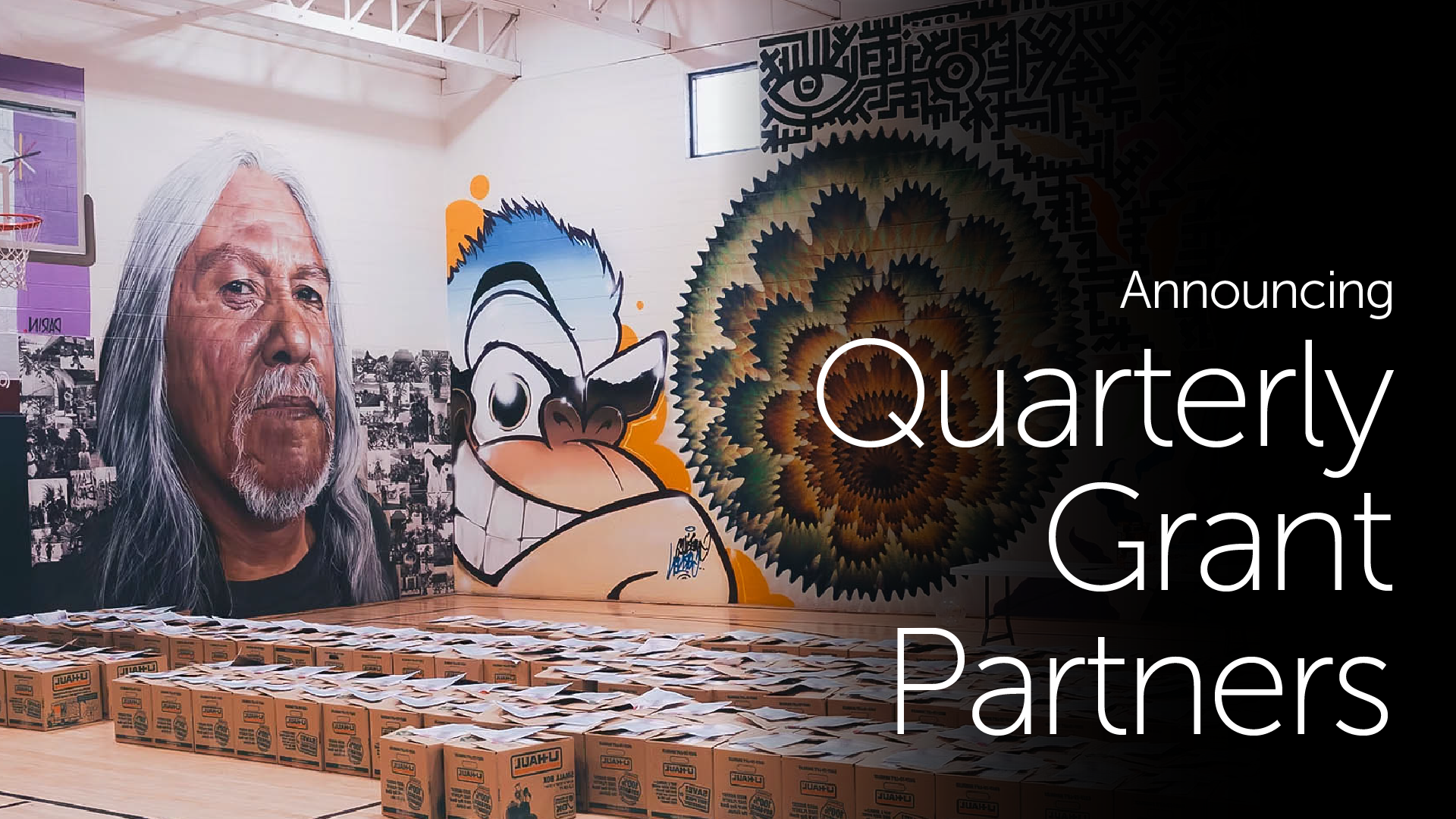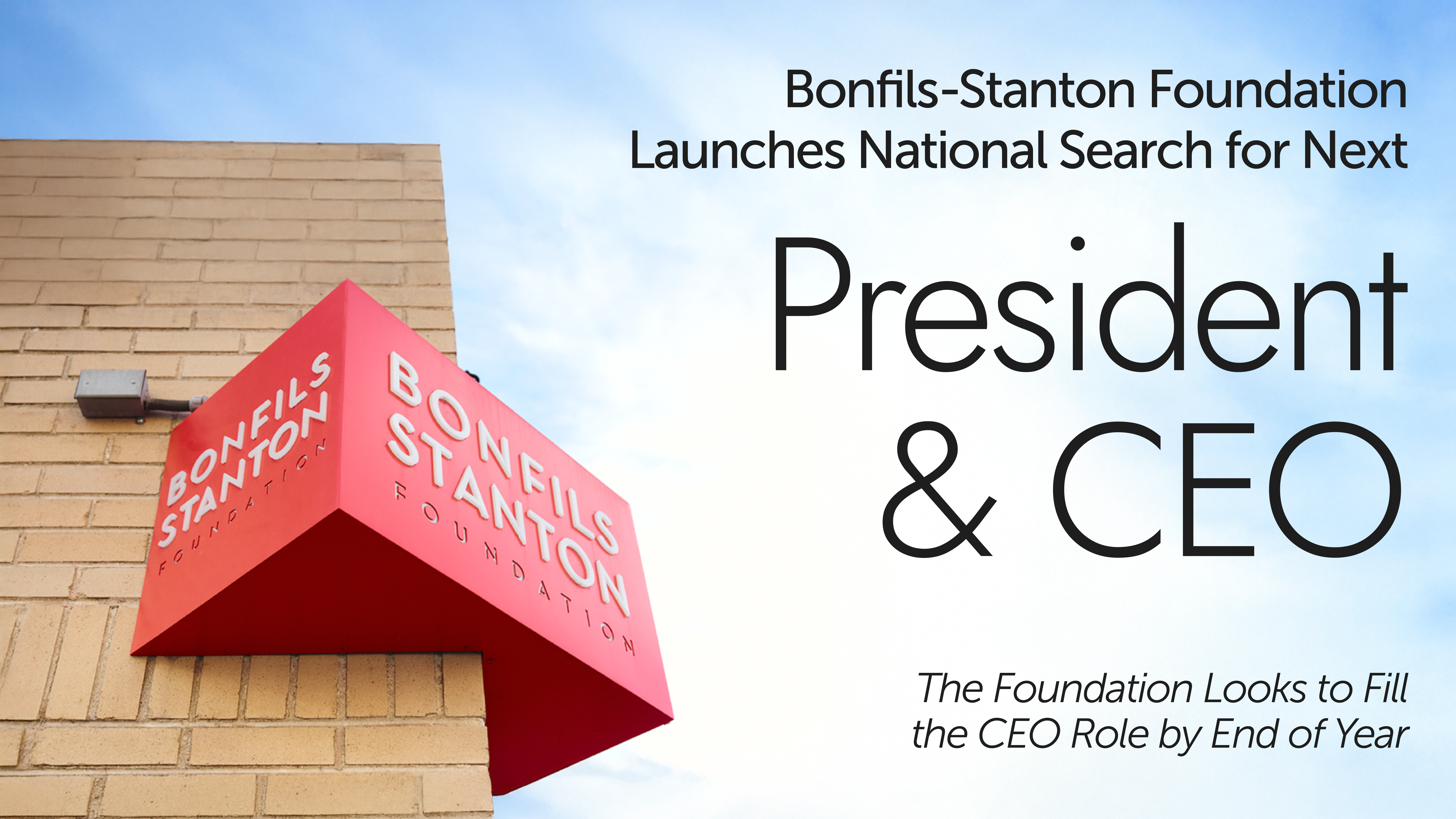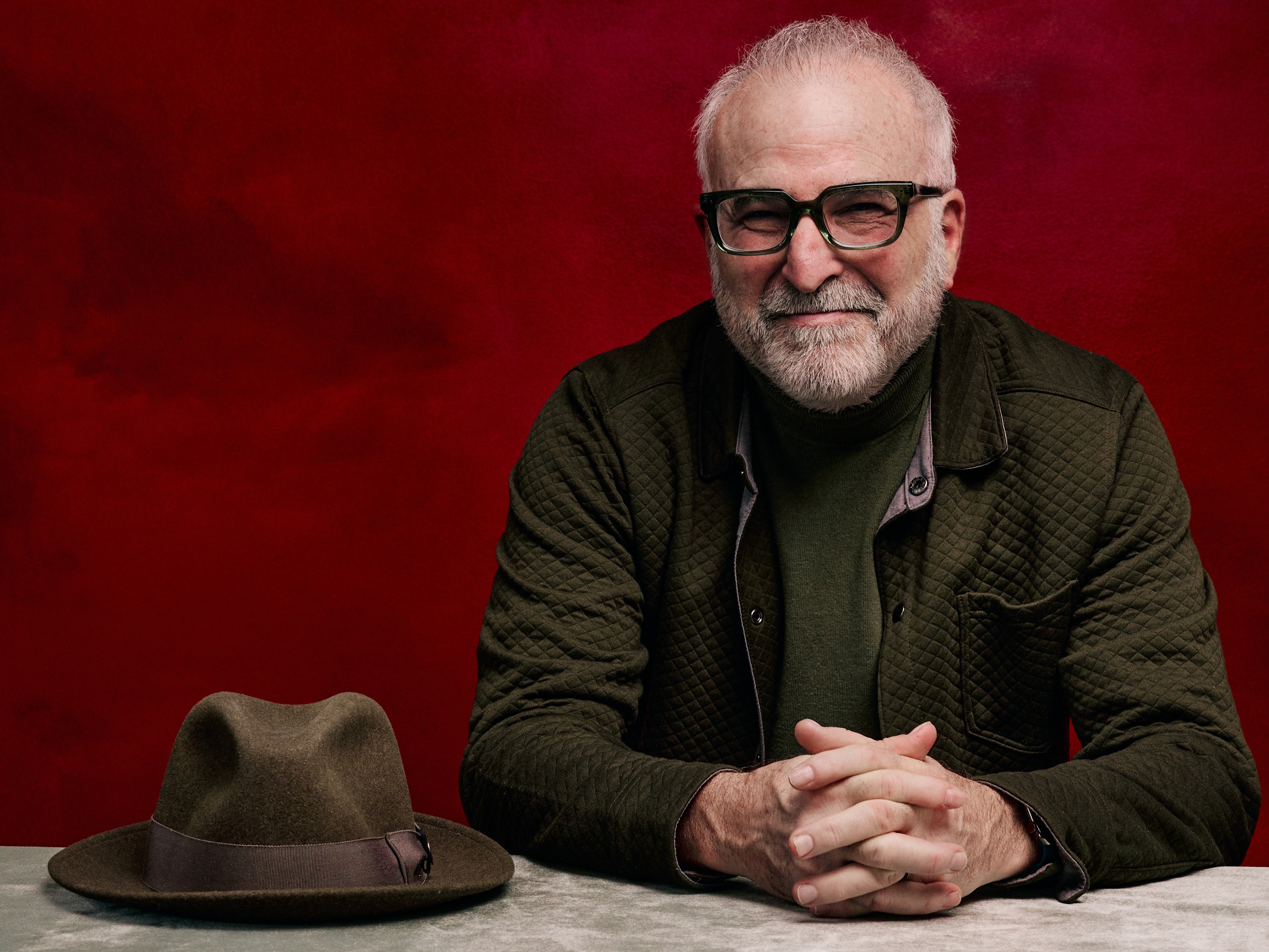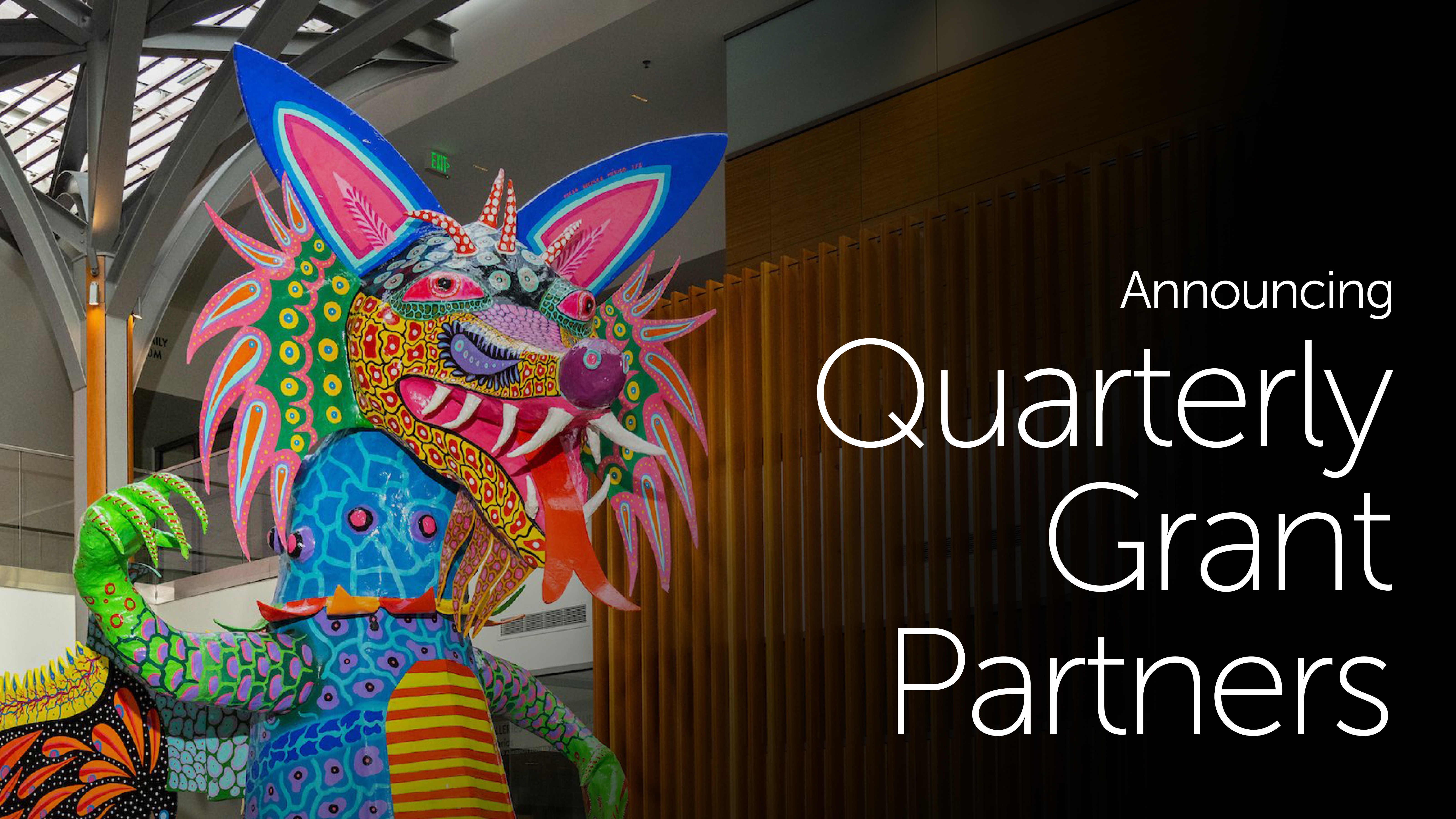Investing for Greater Impact
July 22, 2024
time
Min read time
.jpg)
Keeping up with change — responding as needed to help communities advance toward a better future — can be challenging in a fast-growing city. Just ask the longtime residents of Denver’s Montbello neighborhood.
“We have a whole bunch of folks who’ve been here 40, 50 years,” said Donna Garnett, CEO of the Montbello Organizing Committee (MOC). “They’ve been through cycle after cycle after cycle of things that didn’t work.”
Just 60 years ago, Montbello was prairie and ranch land. Now, it’s the most populous of the city’s 88 neighborhoods, yet it remains among those least served. Bonfils-Stanton Foundation’s support for community-based organizations and solutions in Montbello is a good example of why and how the foundation has been changing, too — investing its financial assets differently in order to have an even bigger impact on the positive changes communities seek.
A Resilient Community Works for Change
“People love Montbello. Even though it’s a community of 30,000 plus residents, almost anybody will tell you this feels like a small town,” said Garnett. “People love it, and they want to be here. That’s why our work is driven by development without displacement.”
That small-town feel was the intention of Montbello’s original developers who designed the community in the far northeast section of Denver to be a “city within a city.” In the 1960s a local newspaper called Montbello “the first complete, balanced, and pre-planned community to be built in the Rocky Mountain area.”
Montbello’s attractive greenspaces and affordable ranch-style homes with large yards drew a diverse community of proud homeowners. But local historians say the community was impacted by the practice of “racial steering” in the real estate industry and soon was neglected by its municipal government. As a result, the ethnic and racial makeup of Montbello changed from being majority white with substantial Black and Latino minorities. It became a majority Black neighborhood, and later majority Latino. For decades, community organizers struggled to bring essential services to their neighborhood.
.jpeg)
“We have not had a grocery store in the majority residential area of Montbello since 2014,” said Garnett whose nonprofit, MOC, led a nearly two-year process of community engagement that resulted in the current FreshLo Initiative to address the needs identified by residents.
“We heard from people about what they felt we needed in our community. In addition to a grocery store, affordable housing and mental health services were some of the pieces that came out of that.” said Garnett.
“There are no arts and music programs in any of the schools in our community. Our kids don’t have a place to perform. They might not even have musical instruments,” she added. “And also, people were looking for some way to bridge the racial chasm in our community. We are a community that has, about every 20 years, changed its demographic dramatically.”
Bonfils-Stanton Foundation Invests for Maximum Impact
As Denver’s leading private funder for the arts, Bonfils-Stanton Foundation provides grants to organizations serving artists and residents in areas like Montbello, such as the Colorado Black Arts Movement (CBAM). CBAM is dedicated to cultivating Black artists and promoting their work. Grant support for nonprofits like CBAM is what most people understand about the work of private foundations. The typical model involves giving away about 5% of endowment funds each year in grants and investing the remaining 95%. The earnings on those investments replenish and grow the endowment, enabling a foundation to keep giving to its community, often in perpetuity.
Bonfils-Stanton Foundation awards more than $3 million in grants each year, but what kind of impact could it have if it could tap into the full power of its nearly $85 million endowment? That’s the question that led the team at Bonfils-Stanton Foundation on its journey toward impact investing — with not just part, but with nearly the entirety of its portfolio — a practice that is not yet common among private foundations.
“I feel like you really have to make sure your actions are aligned with your values,” said Ann Hovland, Chief Financial Officer at Bonfils-Stanton Foundation.
.jpeg)
With impact investing, that means spending your money in ways that will not only generate financial returns but will also have a positive impact on society. Hovland says the foundation has been working for more than three years to transition into impact investing, partnering with new investment advisors and other like-minded foundations learning how to best navigate this relatively new space in the financial industry.
She explained there are two general types of impact investments Bonfils-Stanton Foundation makes with its endowment. One type is referred to as Mission-Aligned Investments. These mostly go to organizations or funds with a local focus. They are divided into the categories of Program-Related Investments (PRIs) and Mission-Related Investments (MRIs). The other type, Values-Aligned Investments, may not be specific to the foundation’s local goals but are in alignment with its broader values.
Using Mission-Aligned Investments for a Better Denver
When members of the Montbello Organizing Committee (MOC) finished their community engagement process in 2020, they had ambitious plans to address high-priority needs. Their FreshLo Initiative would include lots of building: they needed physical spaces for a grocery store and other retail, affordable housing, mental health services, arts and culture, and community gatherings. They proposed an $85 million mixed-use development project, called the FreshLo Hub, that would require multiple forms of funding to complete.
.jpeg)
“Very few community-led solutions are going to survive or even be possible without having an organization like Bonfils believe in them,” said Garnett about the FreshLo development that broke ground in early 2023. “We couldn’t have gotten this far, nor can we get to the finish line, without the support of Bonfils and other Colorado-based foundations that are taking a chance on us.”
Through a type of mission-aligned investment known as a Program-Related Investment (PRI), Bonfils-Stanton Foundation provided MOC with a $500,000 low-interest loan — just 2% interest— as part of a larger collaborative financing package including government and other philanthropic investments. The loan will finance construction of the FreshLo Hub. The Bonfils-Stanton Foundation has a specific interest in FreshLo’s Cultural Arts Education Center. The 16,000-square-foot center will include theater space, rehearsal and recital rooms, and lobby space for community gatherings. The center is expected to be completed in late 2026. It will be managed by Bonfils-Stanton Foundation grantee, the Colorado Black Arts Movement, which will be able to carry out more programming in the new space.
.jpeg)
“Program-Related Investments almost always go to grantees or some organizations that we are pretty familiar with,” said Hovland. “There’s an expectation that we will get the money back, but the returns are typically below what we could earn in the market.”
Similar to grants, PRIs go toward projects that fit within Bonfils-Stanton Foundation’s specific focus area: advancing equitable arts and culture to create a thriving and just Denver. Research has shown the far-reaching benefits of the arts in communities, including improved health and well-being, better student performance, lower crime and poverty rates, and increased intercultural understanding — all reasons to support Montbello residents in developing an arts-rich community.
Using the Broader Endowment for a Better World
While PRIs advance the foundation’s goals locally, they don’t generate high enough returns to maintain an endowment over time. But Bonfils-Stanton Foundation believes it’s still possible to “do well while doing good,” so the foundation is transitioning the majority of its investment portfolio to what are referred to as Values-Aligned Investments.
“Part of it is making sure we do no harm with our investments,” said Hovland. “We want to minimize the chance that our investments might work counter to our values.”
Values-Aligned Investments earn market rates and have a more typical investment structure than PRIs. They are investments in funds or companies that align with the foundation’s broader set of values related to bettering lives and society. Hovland explained the foundation started by moving assets into funds that advance UN sustainable development goals because those funds had consistent measures.
“Then we dove in deeper and specifically identified some of the themes that we think about — looking for funds and companies that have diverse leadership teams, good human rights records, ethical practices. Are they doing work that is improving lives in communities like increasing access to education, health care, housing?” said Hovland. “We have big, sticky problems in the world, and it’s a way of pushing more resources towards those problems.”
One of the foundation’s successful Values-Aligned Investments is in the Equity Alliance, which invests in venture capital funds and early stage startup companies led by women and people of color. Equity Alliance CEO Claude Grunitzky was himself the founder of two successful Black media companies.
“At that time, for Black founders like myself, first generation founders, there weren’t many people who were looking to fund our highly risky ventures,” said Grunitzky.
He says we all lose out when entrepreneurs from diverse backgrounds don’t have access to the capital they need to bring innovative ideas into the world. Consider the approximately $83 trillion of assets under management by U.S.-based firms. According to a Knight Foundation study, only 1.4% of that capital is managed by diverse-owned firms (women or people of color). What impact does that have on what kind of businesses get funded and what kind of consumers get served?
“We’re looking to democratize access to capital and to level the playing field in venture capital,” said Grunitzky. “We’ve found a way to show how investing in women and people of color in the venture capital industry can generate superior returns. We’re also looking to create a model that others can follow.”
Inspiring others to follow their example of impact investing is also one of Bonfils-Stanton Foundation’s hopes. The total of U.S.-based charitable foundation endowment assets is estimated to be well over $1 trillion. But a recent survey found that potentially only about 5% of foundations are intentionally investing their endowment assets to create positive social and environmental change. Bonfils-Stanton Foundation CFO Ann Hovland says that’s a lot of missed opportunity and that foundations are in a position to lead by taking risks ahead of others who can’t yet.
“We think about risk in a more expansive way,” said Hovland. “Studies show that companies with more women and ethnic diversity are more profitable, so what’s the missed opportunity when investing in companies that lack diverse leadership and thinking?”
It was this type of risk and opportunity assessment that led Bonfils-Stanton Foundation to partner with neighborhood leaders in Montbello, using its resources in new ways to support their vision for a thriving, inclusive community. And by being an early adopter of a bold impact investing strategy, Bonfils-Stanton hopes the positive social and environmental benefits will be magnified by others who are inspired to learn and follow suit.
Bazi Kanani
Bazi Kanani is an accomplished journalist, freelance writer, and multimedia storytelling strategist. She has won numerous awards for impactful reporting at ABC News in Nairobi and 9NEWS in Denver, including Gracie Allen, Edward R. Murrow, Heartland Regional Emmy, and National Association of Black Journalists awards. Bringing a wealth of global experience back to her Colorado origins, she seeks to share information and perspectives that can improve individual and collective wellbeing.
.jpg)

.png)
0046art.jpg)









.png)








.png)











.png)








